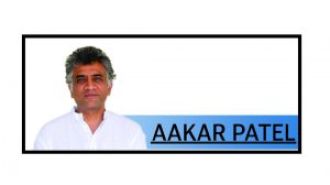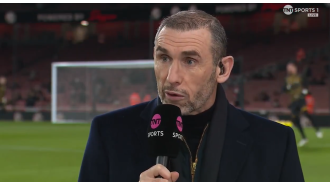NBA shots and optimization
I’ve been a subscriber to “The Growth Equation” – a usually insightful weekly newsletter. In today’s post, Brad had a fascinating note on how data and AI push us down the path of over-optimizing everything.
The example I liked was about how NBA players have optimized where to take shots. Thanks to all the percentages involved, shots today are only taken on the 3 point line or in the area right under the basket.

Sports aren’t the only place where we see this shift in emphasis. As writer Derek Thompson has outlined, movies are the same. Over the past few decades we’ve been inundated with sequel and reboot madness. The comic book mega universes, Mission Impossibles, Fast and the Furious 23, and just about every successful kids movie has a sequel. Movie studious fund known quantities. The idea of an original picture has largely gone by the wayside. Why? It’s economics. A known quantity is more likely to be a hit. And hits have an outsized effect. They need the home run to survive. Singles won’t do.
In many areas of life, more knowledge and data has led to optimizing for an outcome. We optimize for hours of sleep, productivity, exercise routines, and our kids sporting activities and academic prep.
But optimization comes at a cost. Baseball is struggling. NBA ratings are down from their peak. The movie industry is in disarray.
When we over optimize, we lose quality. Maybe not in terms of the bottom line, but in terms of things that we don’t regularly quantify, or perhaps that are impossible to measure altogether: qualities like enjoyment, artistry, and meaning.
Think of it like this: right now, I could take an AI bot, train it on all of the best tweets that myself, Brad, or better yet, James Clear, has tweeted. It would then spit out all of this pseudoprofound bullshit designed to go viral. And it would probably work (Just look at tech bros social media right now…where it’s impossible to decipher between what is real and what is a bot—the singularity has occured!). But to me, something is lost there. It’s not truly profound. It’s not engaging with an audience. It’s not testing ideas and learning. It’s synthetic. It might lead to a desired outcome, but it lacks curiosity, intrigue, and enjoyment. If I consumed AI tweets all day, it would turn me into a numb, pessimistic automaton, and train my audience for nonsense that appears helpful but has no meaning behind it, instead of wrestling more nuanced ideas.
It’s the same with the rest of our lives. We optimize our routine for productivity, forgetting that most breakthroughs come when we are mindlessly going on a walk or fiddling around letting boredom work its magic. We optimize our child’s chances at getting the athletic scholarship in soccer by specializing early and paying for a private coach; yet in doing so, we neglect the unstructured play that may seem pointless and inefficient in the short term, but pays off massively in the long haul. When researchers have studied athletes who actually make it to the top, they tend to have more unstructured play than their peers, whereas overly structured sporting activities is tied to fear of failure and burnout.
The point is that optimization often backfires, even for the results we desire.
Indeed.






